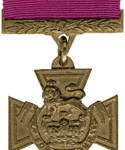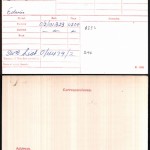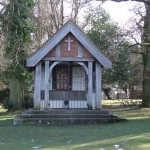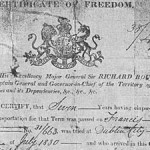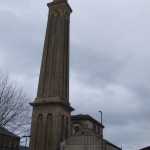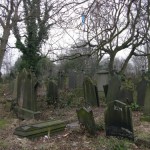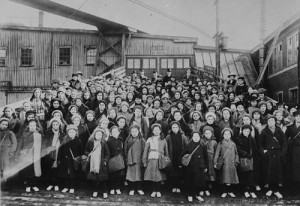Casualty Rolls of the South African Campaign of 1877 – 79 (The Zulu Wars)
This Casualty Roll is not as easy to read as the previous blog entry but is still informative, especially if a member of your family served in the Zulu Wars.
If you have ever watched Zulu or Zulu Dawn, as I have many times – you can’t beat a good film, can you ? You will know of places such as Isandhlwana and Rorke’s Drift, but you may not know where they are.
It was at Rorke’s Drift where 150 soldiers defended a supply station against thousands of Zulu warriors and 11 of those very brave soldiers were awarded Britain’s most highest military decoration – The Victoria Cross, awarded for valour ‘in the face of the enemy’.
The information contained within the Roll is :- Army number (if applicable – Officers have no number) ; Rank ; Name ; Regiment ; Action i.e. KIA, Wounded, followed by place and date.
You may be familiar with such names as – 1373 Private Alfred Henry Hook, 2nd Btn 24th Foot, wounded at Rorke’s Drift on 23 January 1879, or 1362 Private Frederick Hitch, also from the 24th Foot, he was also wounded on 23 Janaury at Rorke’s Drift or even, 623 Sergeant Robert Maxfield again of the 24th Foot and KIA on 23 January.
The Casualty Rolls for the Zulu Wars can be found here
